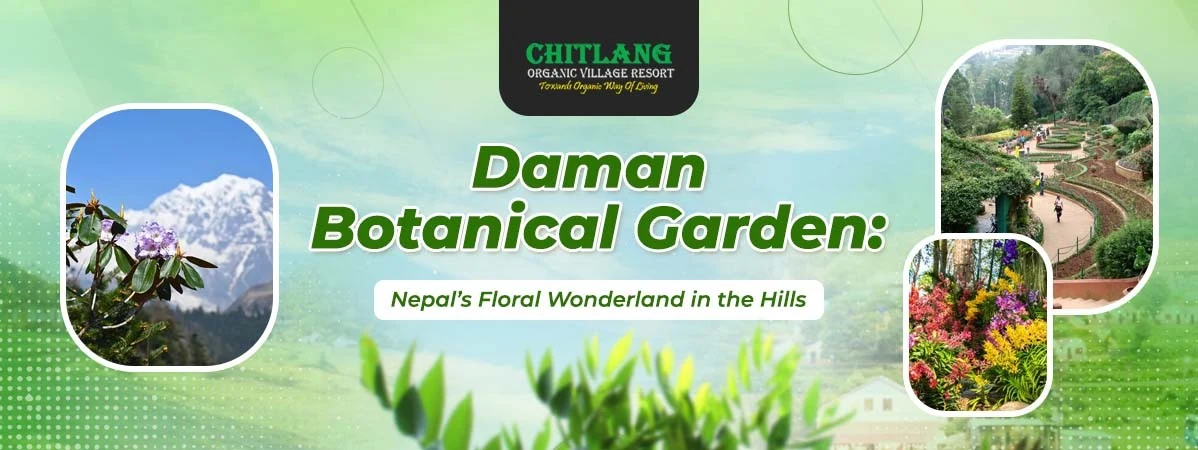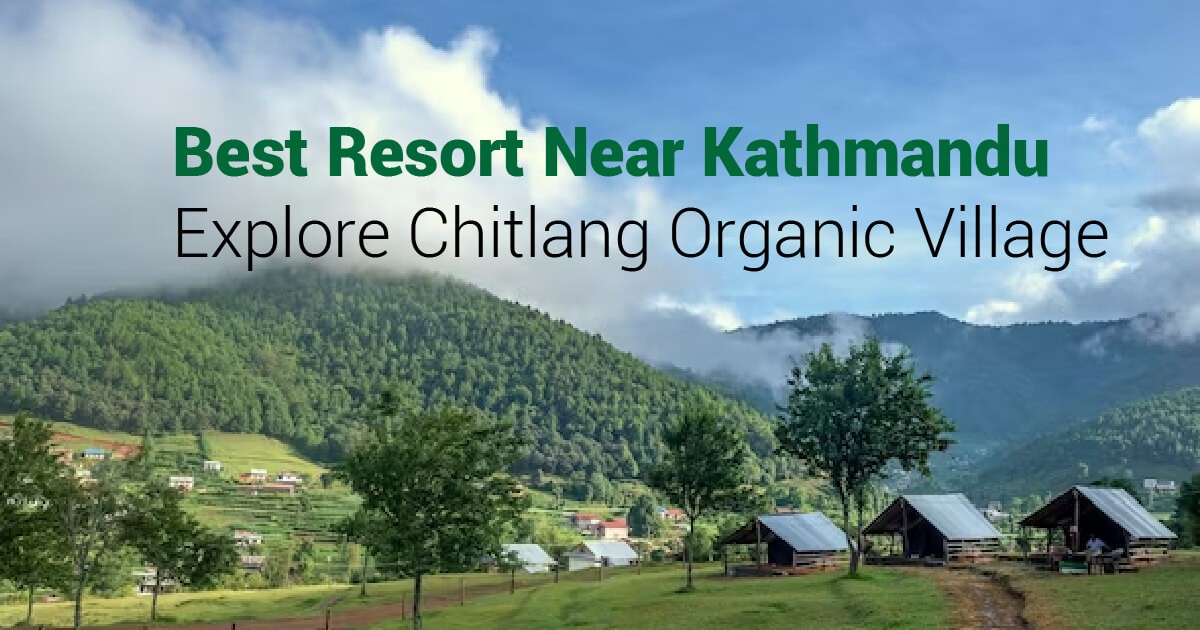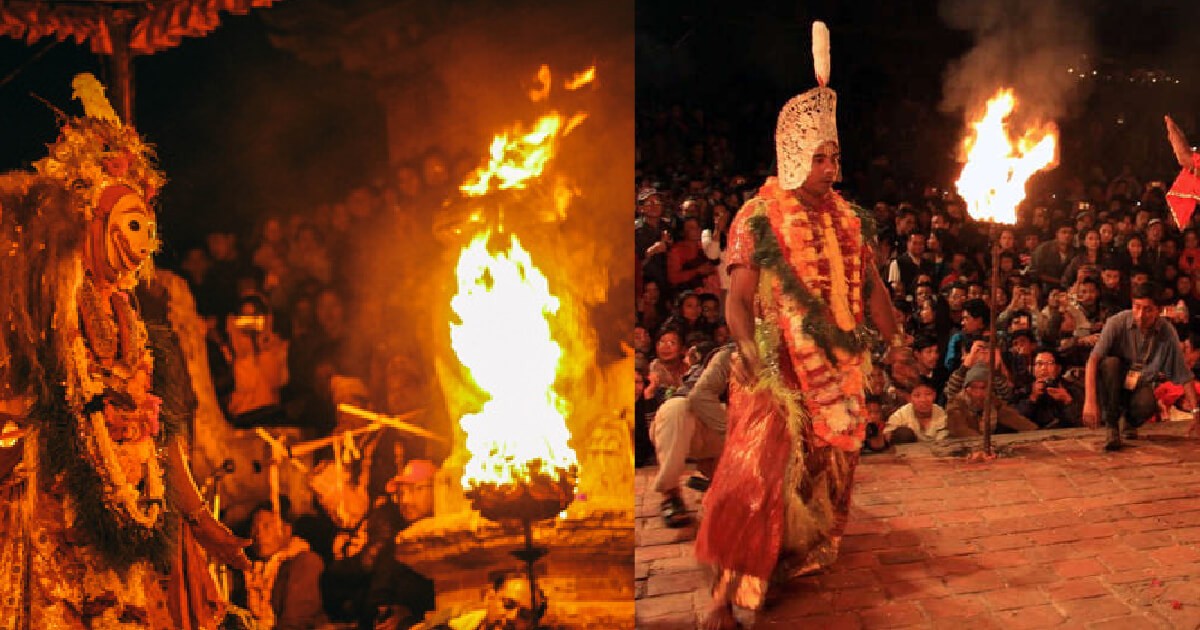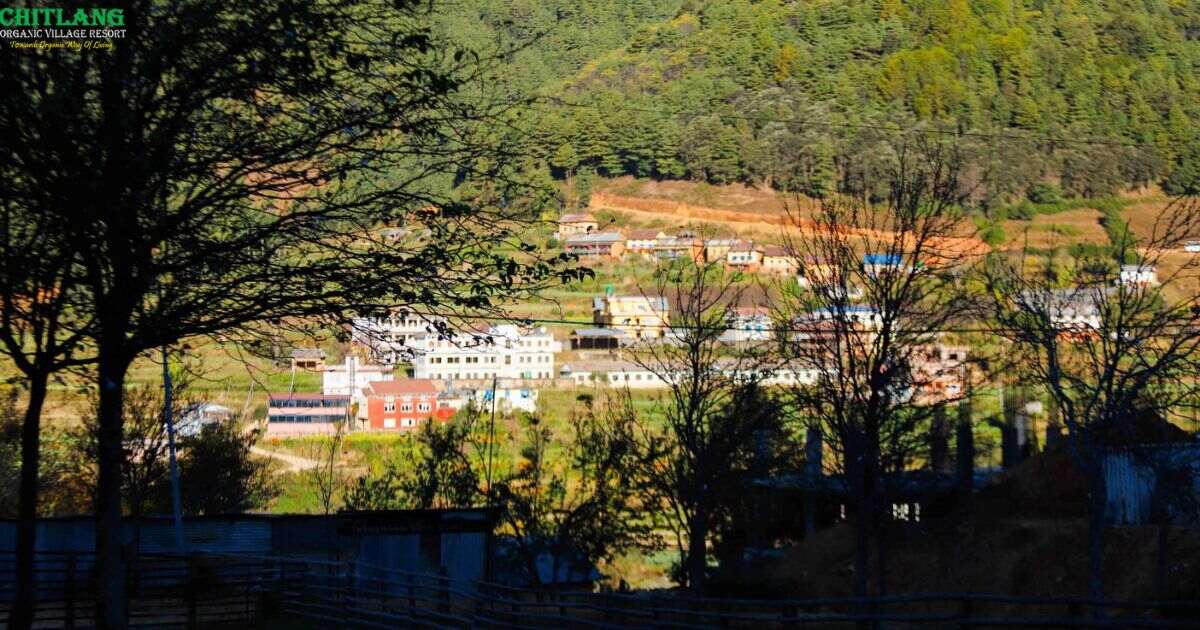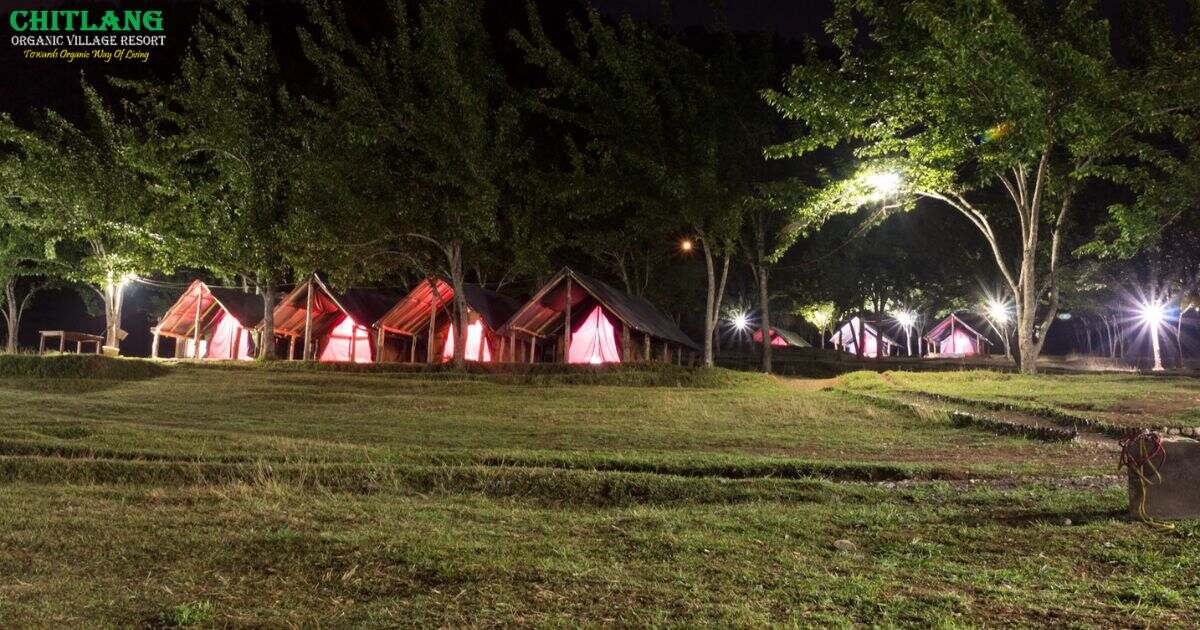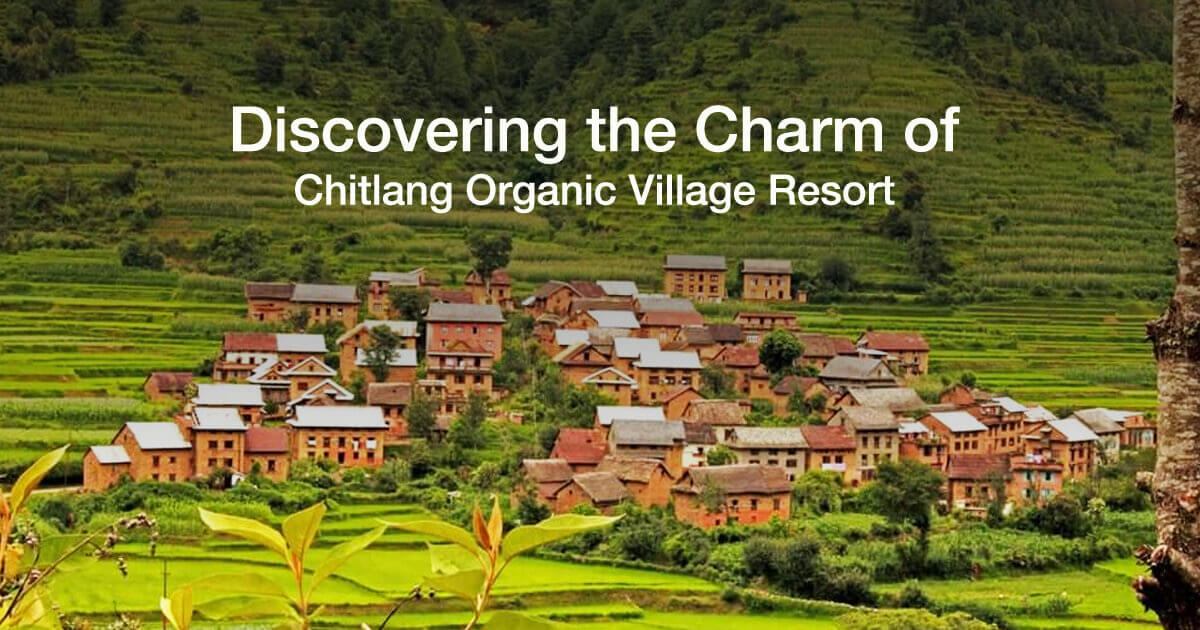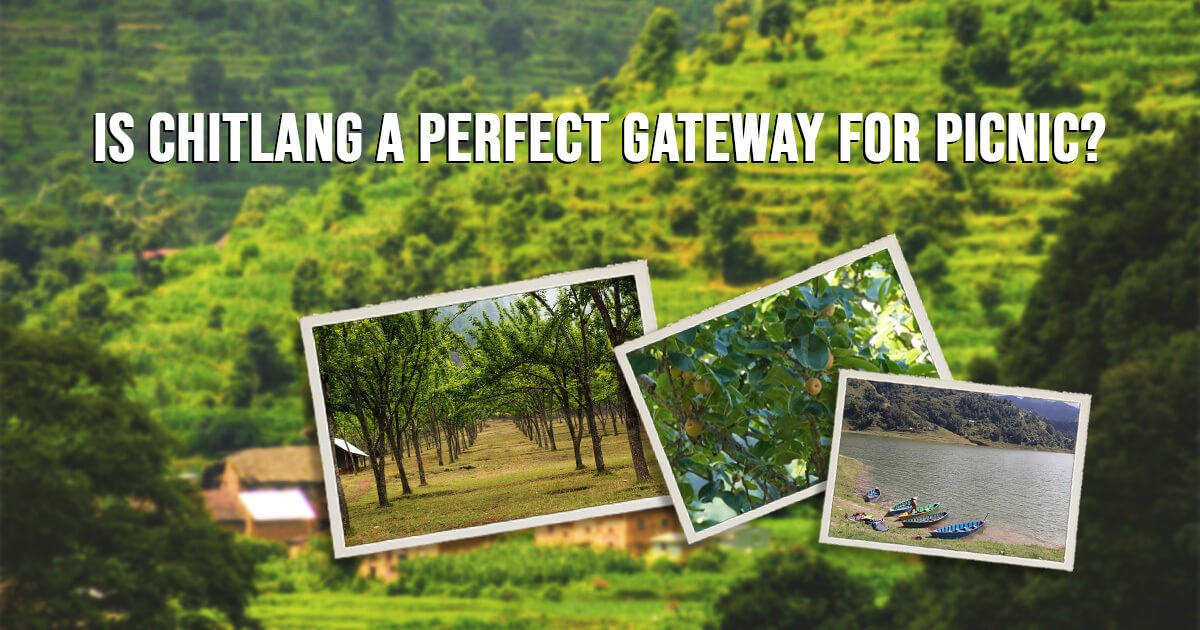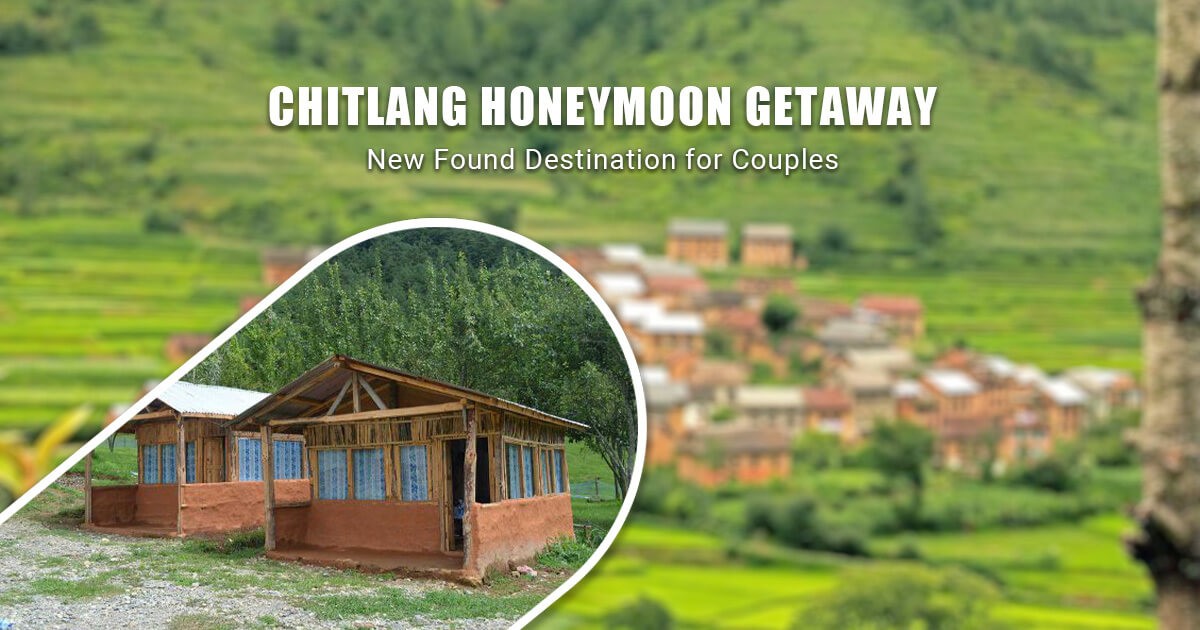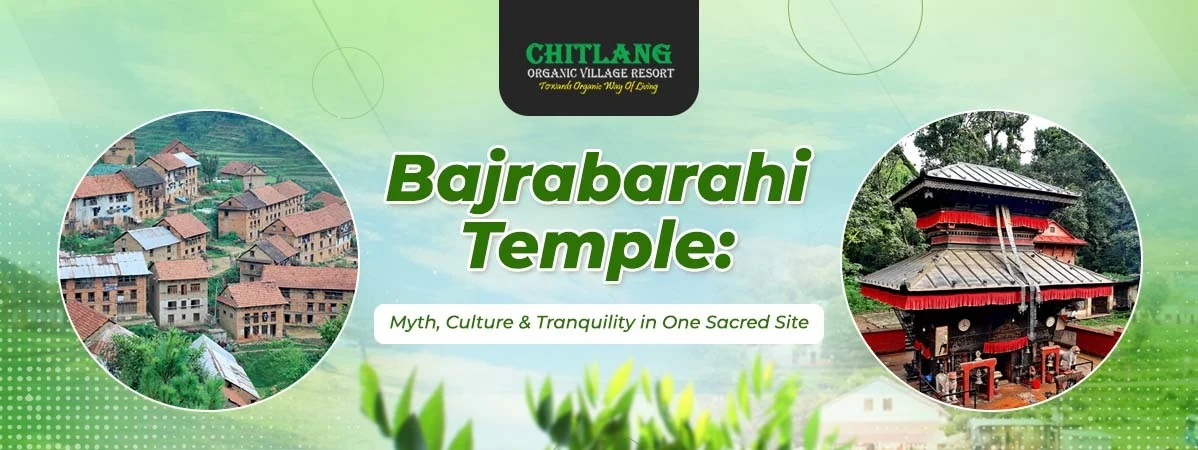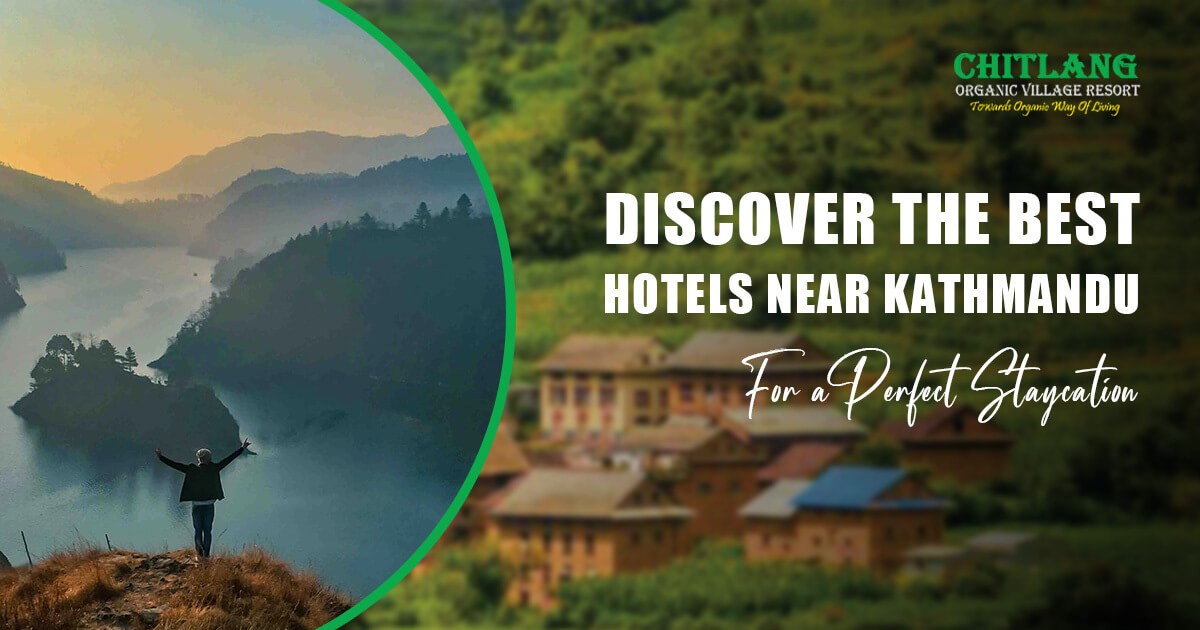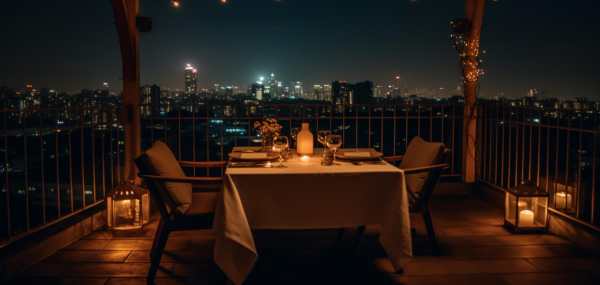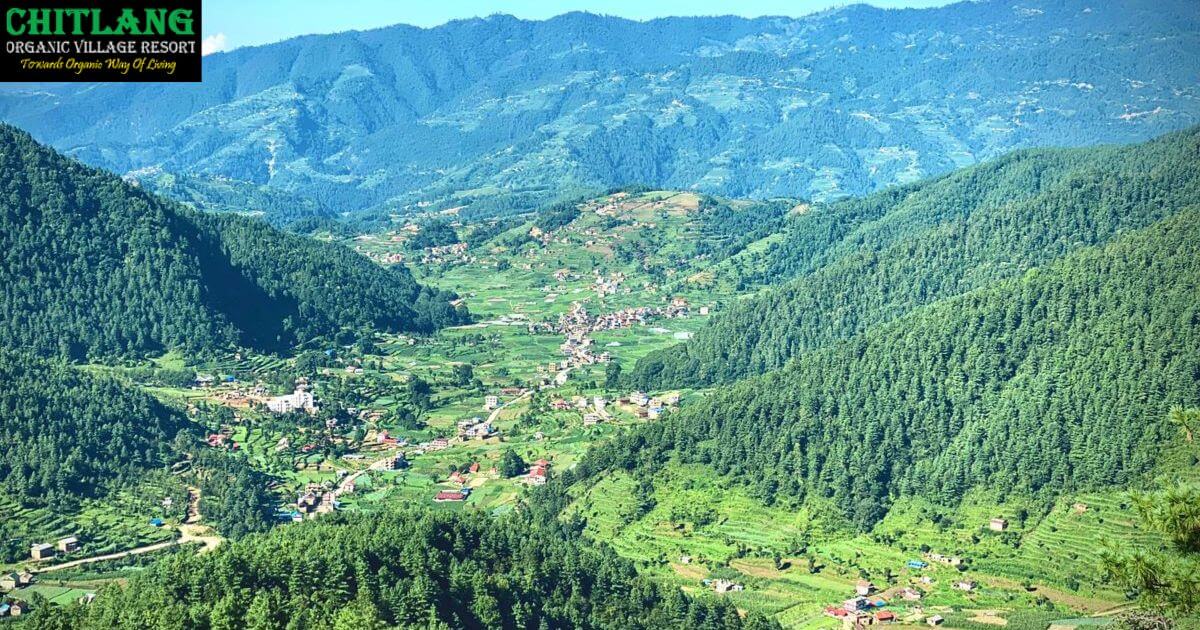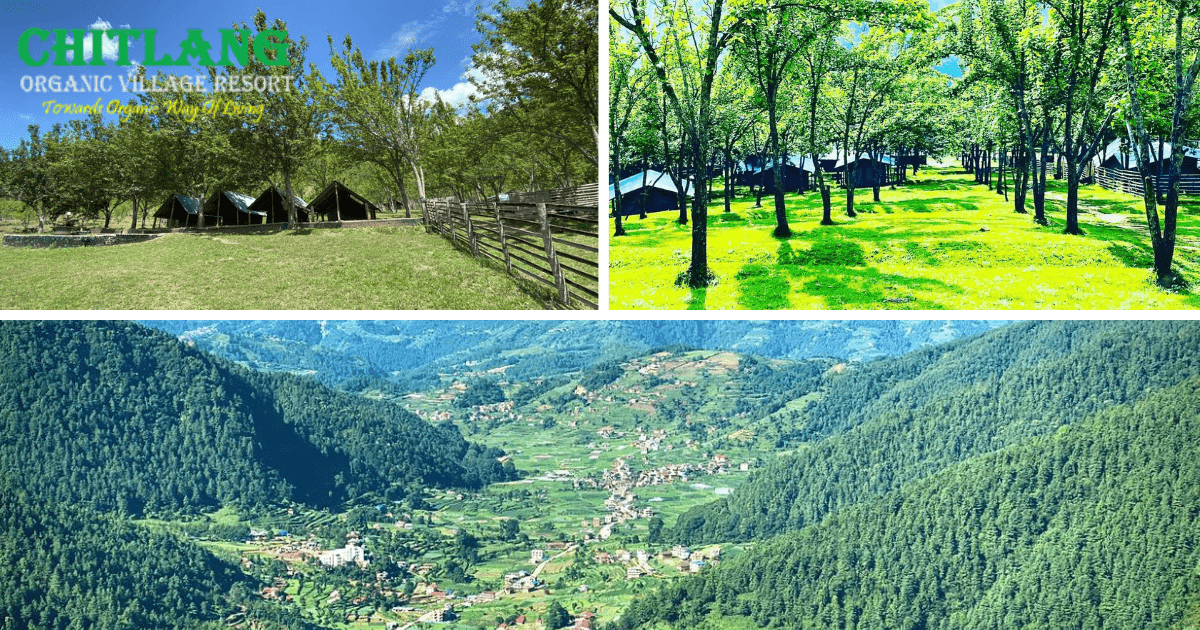When people think of Nepal, they normally think of the lofty Himalayas, sacred temples, and adventurous trekking trails. Situated high up in the pristine hills of Makwanpur district, about 80 kilometres south-west of Kathmandu, lies a treasure chest whose jewels are biodiversity huddled against some of the most breathtaking hillscapes in the world, Daman Botanical Garden. Perched at an altitude of 2,322 meters, this mountain sanctuary spans over 15 hectares and is recognized as the largest and oldest botanical garden in Nepal. It is particularly famed for its collection of rhododendrons, Nepal’s national flower, along with a rich diversity of native mountain flora that flourish in the mid-hill ecosystems. For botanists, students of ecology, or any nature lovers searching for serenity, the garden offers more than flowers and trees-it is a peaceful retreat.
More than scenic beauty, the garden plays a significant role in the conservation of mountain flora as well as a hub for a research and educational centre. Visitors can enjoy guided journeys while viewing the landscapes of the whole Himalayan range, stretching from Everest to Dhaulagiri. Conveniently reachable along the picturesque Tribhuvan Highway, Daman has emerged as the favourite eco-tourism destination for nature lovers as well as researchers looking for the treasures of Nepal’s botanicals, which are nearby villages, like Chitlang.
Why Daman Botanical Garden Stands Out?
Unlike most other gardens, the Daman Botanical Garden is part of a long-running initiative of Nepal to preserve its native plant species. The largest and the oldest botanical garden in Nepal, it is both a scientific hub and a tourist attraction.
- Area Under Coverage: 15 hectares (ideal for leisurely walks)
- Location: Makwanpur district, 80 km from Kathmandu
- Famous for: Diverse species of rhododendrons (Nepal’s national flower)
- Best Blooming Season: February–March
When compared to Godawari Botanical Garden near Kathmandu, which is smaller but more research-oriented, Daman offers a much larger mountain experience, combining woodland walks, snow-covered winter scenery, and the best panoramic Himalayan views.
A Mountain Botanical Garden Experience
Unlike city-based gardens, Daman’s uniqueness lies in its mountain ecosystem. The garden is located at an elevation of 2,320 meters above sea level, occupying an area of cool climate ideally suited for high-altitude plant species.
Here is what makes it so special:
- Native Flora: The garden showcases hilly and alpine region plants that do not often feature in lowland gardens.
- Woodland Walks: Visitors can enjoy the serene walks shaded by native trees while discovering a unique landscaping array of flora within it.
- Guided Tours: Available to anyone keen on acquiring knowledge about the ecological and cultural importance of the plants.
- Rhododendron Collection: The flowering of more than 30 rhododendron species in February and March literally transforms the garden into a riot of colors.
Thus, Daman has become both an educational and recreational destination, attracting students, botanists, and curious visitors alike
The Scenic Beauty of Daman
For sure, the Daman Botanical Garden is undoubtedly the major highlight, while the very surroundings of Daman are equally inviting to explore. Located high in the hills, Daman is especially famous for being a land of winter beauty and the extraordinary Himalayan view. On clear days, visitors can enjoy one of the widest Himalayan views in Nepal, stretching from the majestic Mount Everest in the east to Dhaulagiri in the west.
- Winter Getaway: Daman receives heavy snowfall in December and January, covering the hills and gardens with a magical layer of white. Winter scenes are truly breathtaking and attract tourists seeking a serene mountain getaway just outside Kathmandu.
- Cool Summers: In contrast to the hot and humid weather experienced in the Kathmandu Valley, Daman enjoys a pleasant coolness during summer. Daman is a refreshing destination for those who need to get away from the heat without going too far.
- Photography Paradise: With its mixtures of alpine plants, seasonal rhododendrons, and snow-covered peaks, Daman provides endless opportunities for photographers. Every season presents a different scene for the photographer to capture, from sunrise views over the Himalayas to misty forests and colorful blossoms.
In brief, Daman offers double treats; the Botanical Garden lies there for hunting of diversified plant life along with mesmerizing Himalayan landscapes that change with the season.
Variety of Flora at Daman Botanical Garden
Daman Botanical Garden is primarily famous for its rhododendrons, but its diversity is far beyond that.
| Category | Highlights |
|---|---|
| Rhododendrons | Over 30 species, blooming in vibrant red, pink, and white shades (Feb–March). |
| Native Hilly Plants | Includes oak, pine, and juniper species suited to Nepal’s mid-hills. |
| Seasonal Flowers | Wild orchids, primulas, and lilies that flourish in spring. |
| Medicinal Plants | Indigenous herbs are used in Ayurveda and local healing practices. |
This makes the garden not only a tourism spot but also a living library of Nepal’s plant heritage. It gives the rare opportunity for researchers to study, in one concentrated area, the flora of the Himalayan regions.
Best Time to Visit Daman Botanical Garden
The charm of Daman Botanical Garden varies beautifully with the change in seasons, offering unique experiences throughout the year.
- February – March: The garden is at its best, brightened by spectacular rhododendrons and seasonal flowers. The whole hillside goes up in a blaze of color, an ideal time for photography and relaxation strolls or botanical studies.
- December – January: A haven for those who cherish winter scenes, this period generally witnesses a snowfall, as Daman is magically transformed into a white fairytale-like setting, with gardens and hillsides glimmering into a magical white charm. The crisp, chilly air and snow-draped scenery provide a refreshing mountain getaway close to Kathmandu.
- April – June: Late spring and early summer cool ambience and greenery of the garden provide a welcome relief from hot Kathmandu Valley weather. In fact, this season is just about perfect for lounging around in the woods, hiking, or just enjoying the coolness of the mountains without the chill of winter.
- Monsoon (July – September): The monsoon months are true to their name with lots of rain, transforming Daman into a green fairyland, totally drenched with the soft spray of cool mists on lush green woods. The scenery is charming; however, rain can be a bane as it makes the tracks very slippery. The visitors, therefore, must ensure that they have good rain gear along with strong walking shoes.
Other Attractions in Daman
Daman is not all about the botanical garden – the surrounding hills are equally rich in natural beauty and cultural experiences, thus making an ideal destination for a wholesome getaway.
- Daman View Tower: The iconic view tower provides panoramic 360-degree views of the Himalayas, ranging from Everest to Dhaulagiri, and is one of the best places in Nepal to witness the sun rises and sunsets over snow-capped peaks.
- Short trekking trails: Nature lovers and adventure enthusiasts also trek through the short, scenic treks around Daman, passing through pine forests, the top hills, and local villages. These trails are suitable for anyone, particularly those who are less adventurous and looking for a nature and cultural experience.
- Local Cultures: Daman is the home to the Tamang and Newar communities, who welcome guests with warm hospitality in traditional homestays with authentic local food cuisine. The cultural experience enhances the beauty of nature.
- Chitlang Village Nearby: Chitlang, an organic farming village close by, is famous for the Chitlang Organic Village Resort, which has organic farm-to-table dining, village walks, and peaceful countryside living.
With a visit to Daman Botanical Garden combined with an overnight stay in Chitlang, travellers are now in for a double treat, experiencing some biodiversity on a visit to Daman Botanical Garden and a flavor of culture in Chitlang again, which is not more than a half-hour’s drive.
How to Get to Daman from Kathmandu
Travelling to Daman is quite easy, thus the fact that it has been a popular weekend resort.
- By Road:
-Distance: ~80 km from Kathmandu
-Duration: 3–4 hours by car or bus via the Tribhuvan Highway
- Public Transport: Buses or jeeps that depart regularly from Kathmandu to Daman.
- Private Tour Packages: Most tour companies, including Attractive Travels & Tours, provide customized day trips and overnights in Daman and Chitlang.
For the comfort-seeking adventurous traveller, a guided tour ensures that hidden gems will not be missed along the way.
Guided Tours and Educational Value
For tourists, researchers, or nature lovers, Daman has too much to offer apart from its natural beauty. Daman Botanical Garden tours give the visitor a better overall understanding of Nepal’s mountain environments, such as people’s relationship with the place they reside and the place itself.
- Ecological Roles of Rhododendrons: Experts explain how rhododendrons, Nepal’s breathtakingly gorgeous national flower, are only the icing on an otherwise improbably handsome cake; rhododendrons have an even greater part in building ecological balance in mountain forests, and they support diversity as they serve as habitats and as the food source for birds, bees, and other insects.
- Traditional Uses of Plants: The tours demonstrate how the local communities utilized different plant species in traditional times for medicine, food, and rituals. Visitors can learn the old indigenous healing practices, as well as the cultural significance of flora in everyday lives.
- Conservation Challenges: When climates change, delicate mountain ecosystems are at risk. The garden also serves as a means of educating people on biodiversity, why conservation is important now, and making visits inspirational and reflective.
This converts a typical visit into an eco-education experience, and hence the Daman Botanical Garden becomes an excellent destination to visit by school groups, colleges, and international travellers ready to integrate tourism with knowledge. Nature conservation is not just looking at nature; it is accepting the need to learn its inner purpose and motivation towards its conservation.
Why Include Chitlang in Your Daman Trip?
A visit to Daman Botanical Garden is even more enriching if followed by an overnight stay at Chitlang, a picturesque Newar village just a drive away.
- Chitlang Organic Village Resort: Known for its organic cuisine, farmstay experience, and country comfort.
- Cultural immersion: Experience Newar and Tamang traditions, all under the warmth of local hospitality.
- Historic Trails: Chitlang was once on a very old trade route to Kathmandu and has stone-paved roads and historic sites.
Daman and Chitlang provide an excellent mix of nature discovery and richness of culture, and are among the most rewarding short excursions from Kathmandu.
Final Thoughts
The Daman Botanical Garden is not just a tourist spot; it’s an in-situ showcase of Nepalese biodiversity, and a winter wonderland, apart from being the gateway to Himalayan landscapes. For those who wish to lose themselves from the tourist circuit of Kathmandu and Pokhara, Daman is a pure and authentic holiday experience.
Pairing with Chitlang Organic Village Resort assures an organic experience, indulgence in nature, culture, and relaxation in equal measures.
So, whether you’re planning a day trip or a weekend getaway, make sure Daman Botanical Garden is on your Nepal itinerary.


